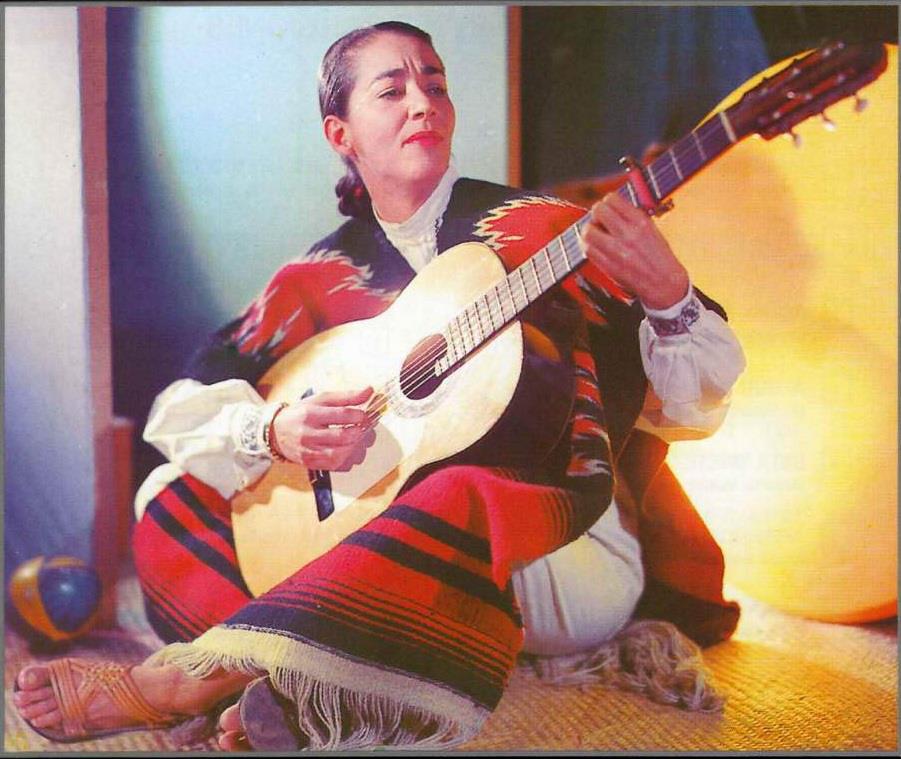
Today’s post comes to you by popular demand — which makes sense because she was very popular, and she also knew what she wanted and demanded it! Well, okay, mostly she just got it herself. She knew exactly who she was from a remarkably young age and never wavered.
Isabel Vargas Lizano was born on April 17, 1919 to Francisco Vargas and Herminia Lizano in San Joaquin de Flores, Costa Rica. As far as I can tell, it was a pretty unremarkable event. She was frequently called “Chavela” by her family. Despite that affectionate nickname, things would take a turn for the worse — her very religious parents were embarrassed by Chavela’s tomboy-ishness, going so far as to hide her when they had visitors to their home. They ultimately divorced, leaving her to be raised by her uncle, and then she contracted polio. Chavela managed to survive the illness relatively unscathed — she and her family credited this to the rituals and talismans of shamans and witches, rather than the scientific medicine of doctors.
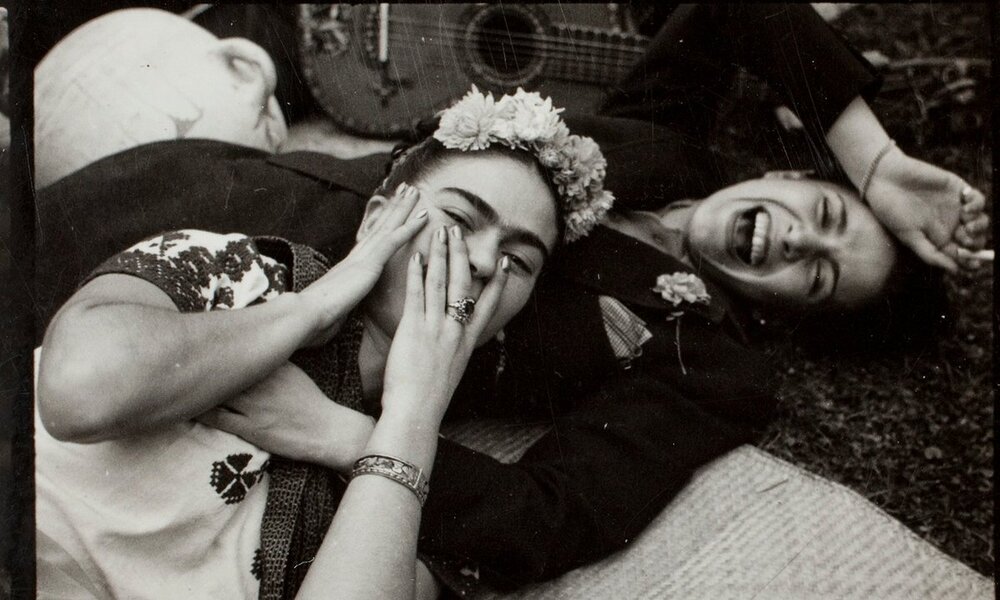
By seventeen years old, Chavela was fully aware that she wanted a career in music and — since there weren’t many musical opportunities in Costa Rica — she moved to Mexico. Initially, she sang on the streets — dressed in traditionally masculine clothing, wearing the red poncho (or more specifically a jorongo) that would become a signature part of her performance “look” in her professional years. The look was a conscious decision — Chavela felt she looked “like a transvestite” in women’s clothing and had trouble walking in heels. To fit into the masculine music scene she was attempting to break into, she began smoking cigars, drinking heavily, and making sure to keep a gun on her at all times. During this period of her career, sometime in the mid-1940s, she had an affair with Frida Kahlo — the romance was relatively brief, but intense. Chavela even lived with Frida and her then-husband Diego Rivera for more than a year. And Frida expressed in letters to her friends that she was very attracted to Chavela. (And yet, there are — of course — scholars who are certain they were just good friends.)
In her thirties, she became a professional, becoming known for her own unique take on ranchera — singing solo, with only her guitar as accompaniment instead of a mariachi band, and slowing down the tempo for more dramatic tension or so they could come across as more humorous and, y’know, suggestive. These songs were typically sung from a man’s perspective ( a straight man’s, I should say) and Chavela Vargas refused to change the genders in the songs when she sang them. While her homosexuality certainly would not have been approved of offstage, on stage it was all part of an entertaining act that audiences embraced.
Towards the end of the 1950’s, her reputation began to expand greatly — particularly in artistic circles. She was a popular performer in Acapulco, singing in the champagne room of La Perla, frequently in front of tourists from other parts of the world. She was so well regarded that she was hired to sing at the wedding of Elizabeth Taylor and Mike Todd on February 2, 1957. Chavela would later claim that she slept with Ava Gardner at that wedding — I haven’t found an corroboration of that, nor have I found any other examples of Ava Gardner having dalliances with women, but I suppose we all have to experiment at least once in our lives and if Elizabeth Taylor’s wedding isn’t the time and place to do it, when is? She is known to have had numerous romances after this — including, apparently, with some very famous people, but she would never share their names. A few have stepped forward, including American author Betty-Carol Sellen, but Chavela was very careful to keep these things private (particularly, I assume, because very few if any of them would have been open about their sexuality at the time!)
In 1961, with the help of José Alfredo Jiménez, Chavela’s first album was released: Noche de Bohemia. This was the first of more than 80 albums that she’d release over the course of her career. Later that year she released Con el cuarteto Lara Foster. Rumor has it that although her career was just beginning to take off, Chavela began a short-lived affair with Arabella Árbenz Villanova in 1964 after their paths crossed coincidentally — the problem being that Arabella was also having a torrid romance with Televisa executive Emilio Azcárraga Milmo, also known as “El Tigre.” When El Tigre learned of this affair he was infuriated and tried to destroy her career. Despite his pretty powerful influence in Mexico, he very nearly did. although Chavela Vargas is — as far as I can tell — still banned from appearing on Televisa in any capacity.
Her next album, Hacia la vida was released in 1966. By the time her fourth album Corridos de la revolución came out in 1970, Chavela had become quite popular, though she still wasn’t invited to headline concerts — but as her popularity grew, so did her alcoholism. Despite her struggle with drinking, Chavela managed to release three albums in 1973 and one more in 1975. However, due to her constant battle with addiction and El Tigre’s continuing campaign against her — Chavela was forced to retire and completely disappeared from the public eye.
The details are a little bit sketchy here, but according to Chavela while she was “submerged in an alcoholic haze” — as she would later describe it — she was found and taken in by a family of Native Mexicans who attempted to help nurse her back to health. It would be decades before the public learned any of this, and at the time many assumed she had died. She had very little money at this time, and sometimes only ate when friends invited her to their homes for meals.
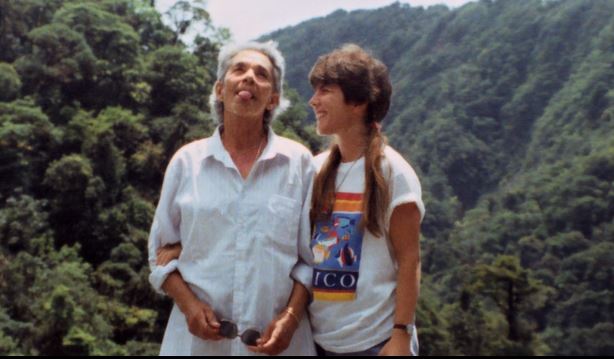
On September 2, 1988, at the request of mutual friend Patria Jiminez, lawyer Dr. Alicia Elena Pérez Duarte arrived at Chavela Vargas’ home in order to stop her from drunkenly signing some legal documents. This began an intense romantic relationship, which both Chavela and Alicia would describe as “something greater than love.” Chavela moved in with Alicia and her four kids — but Chavela’s reliance on alcohol, and her great attachment to firearms, put a heavy strain on the relationship. Although Chavela did manage to quit drinking — which she credits to a shamanistic ritual (though Duarte has publicly disagreed with that statement) — it turned out her violent streak and penchant for guns was not dependent upon alcohol at all. Alicia ended the relationship, though she remained Chavela’s legal representation.
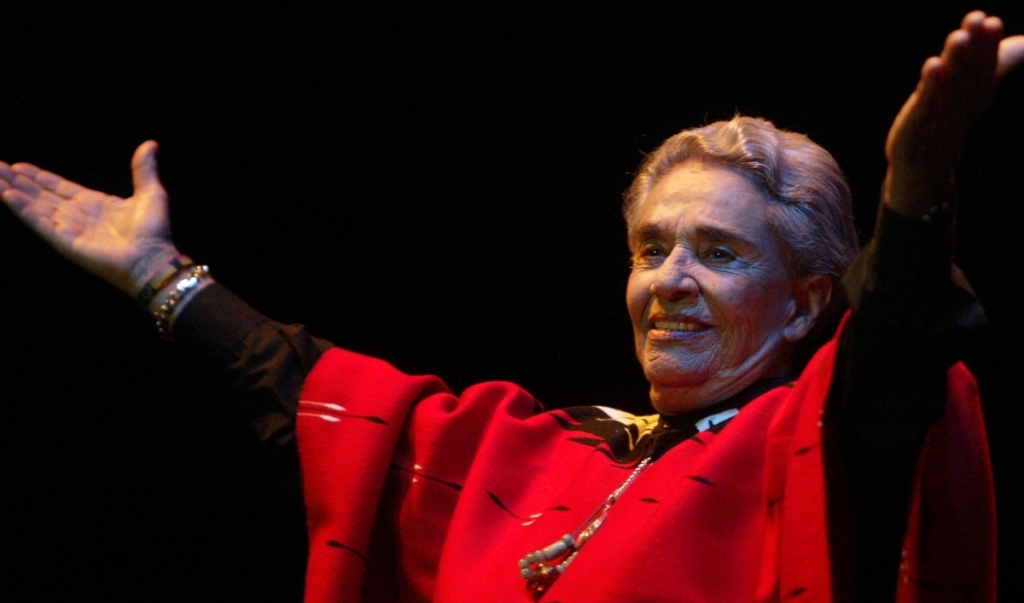
In 1989, a couple of Chavela’s albums were rereleased, sparking renewed interest in the singer. When the nightclub El Hábito opened in Mexico City in 1991, they invited her to perform after spotting her in their audience. Eventually, she agreed — though it was her first time performing on a stage since the 70’s and she was 72 years old at the time. It was also her first ever sober performance. This launched a full revival of her career, which involved several more albums and also international fame the likes of which she had not experienced before. She performed not just in Mexico but even performed numerous sold out shows in Spain and France. And finally, she was the headliner of these shows — an honor she had certainly earned.
She also provided music for several films during this period, primarily at the behest of Pedro Almodóvar who was a fan, a friend, and a champion for her career after meeting her in Madrid in 1992. Chavela once described him as “my husband in this world.” He traveled the world with her, pushing greater and greater opportunities towards her. Despite his best efforts, she insisted that she did not want to begin a career as an actress — although she did appear in the 2002 biographical film Frida about her former lover Frida Kahlo, singing her song “La Llorona.”
That was the same year Chavela published her autobiography Y si quieres saber de mi pasado (which translates to And if you want to know about my past). Although her sexuality had been a fairly open secret for decades — her relationships with women were fairly well known rumors, not to mention her refusal to ever change the genders or pronouns in the songs she sang — it was within the pages of her autobiography that she finally, publicly came out as a lesbian.
The following year on September 15, at age 83, Chavela Vargas had her debut performance at Carnegie Hall. The performance was recorded and released as an album creatively entitled Chavela at Carnegie Hall. The performance was considered groundbreaking given her age and sexuality in a musical genre that generally would have denied her for either of those, and in 2019 the album of the recording was named on Mitú’s list of Spanish-language albums that “Changed the Face and Feel of the Music Industry” calling it “the stuff dreams and legends are made of.”
In 2012, just months after releasing her final album Luna grande, the 93-year old Chavela Vargas was hospitalized in Cuernavaca, Mexico for respiratory problems. Several weeks later, on August 5, she passed away. It’s comforting, I think, that when she did pass away she knew it was coming and seemed to have made peace with it. She spent her final days making statements like “My name is Chavela Vargas, don’t let them forget!” Her final words, according to her Facebook page, were “I leave with Mexico in my heart.”
But truthfully, it’s hard to “leave” if your music is as significant as hers remains to this day, and there’s certainly no way to forget her. Aside from the longevity of her own music, she’s received a lot of tributes — Joaquín Sabina’s song “Por el Boulevard de los Sueños Rotos” is dedicated to her, Juan Carlos created a series of portraits of Chavela which were presented at the Centro Cultural de España en México in Mexico City in 2012. One of the characters in Sergio Ramírez Mercado’s novel La Fugitiva is based off of Chavela. And in 2017, the biographical documentary Chavela was released. She’s even had a Google Doodle in her honor! In 2019, she was commemorated on the Rainbow Honor Walk in San Francisco, which is a “walk of fame” type of thing for LGBTQ+ people who have “made significant contributions in their field.” Given that she essentially reinvented ranchero music, opening it up to women performers, I’d call “significant contributions” an understatement. She remains one of, if not the, most celebrated lesbian in Mexican history.






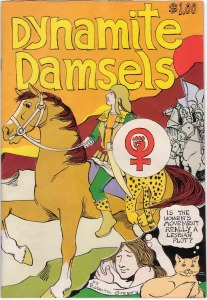






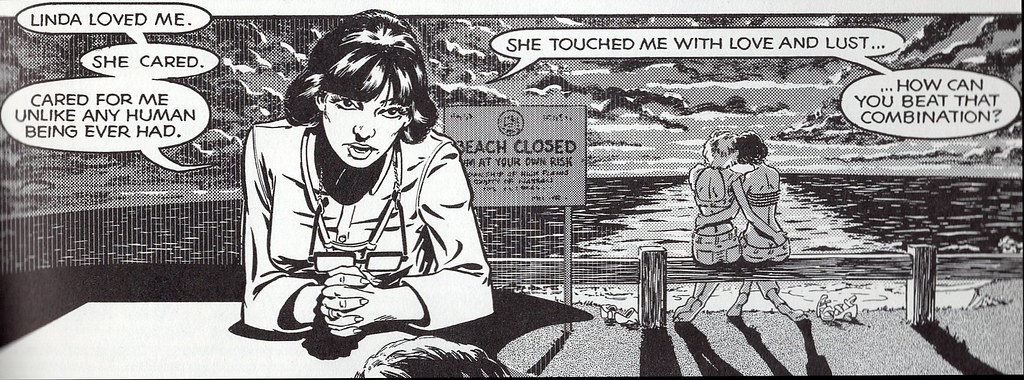

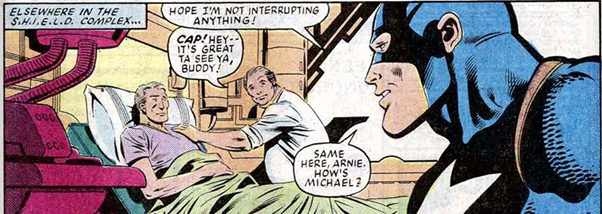



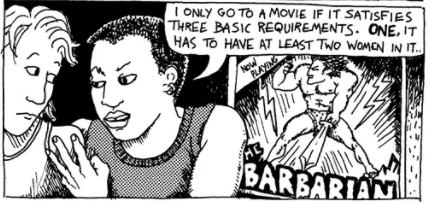
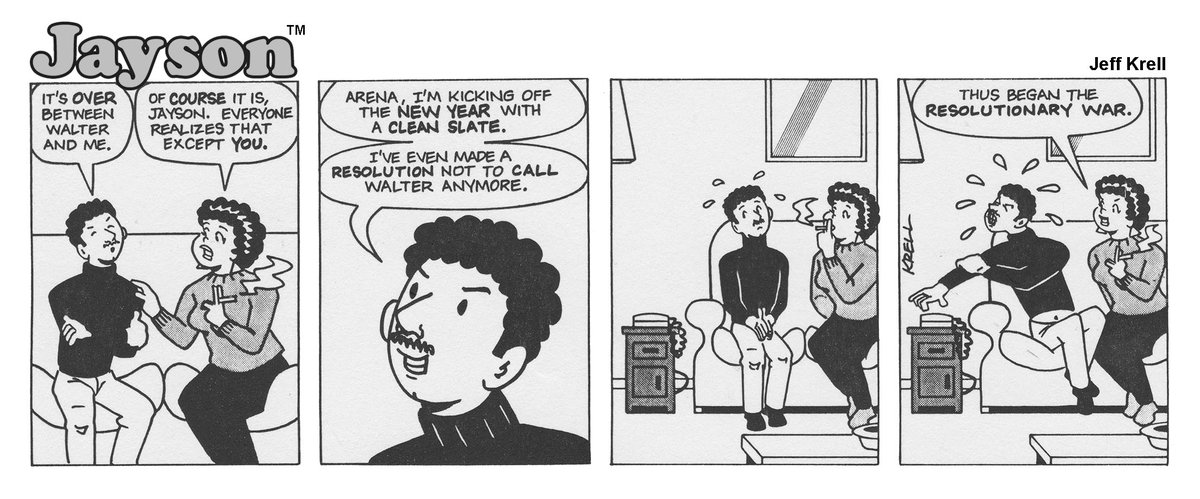




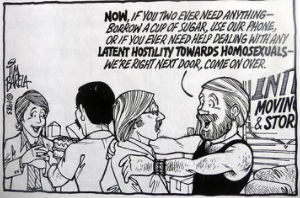



 Although she regularly said her middle initial stood for “Pay it no mind”, Marsha P. Johnson proved to be a difficult person not to notice. Though Johnson is commonly referred to using female pronouns (she/her/hers) — and I’ll be doing that here — her actual gender identity is a bit of a mystery. She variously described herself as gay, a transvestite, and as a (drag) queen — though words like “transgender” really weren’t being widely used yet during her lifetime. My personal opinion is that she would probably identify as gender non-conforming or non-binary, but make your own judgments.
Although she regularly said her middle initial stood for “Pay it no mind”, Marsha P. Johnson proved to be a difficult person not to notice. Though Johnson is commonly referred to using female pronouns (she/her/hers) — and I’ll be doing that here — her actual gender identity is a bit of a mystery. She variously described herself as gay, a transvestite, and as a (drag) queen — though words like “transgender” really weren’t being widely used yet during her lifetime. My personal opinion is that she would probably identify as gender non-conforming or non-binary, but make your own judgments.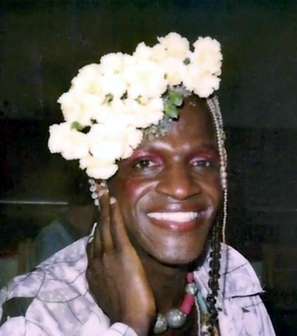 She also began to perform as a drag queen — initially going by the name “Black Marsha” before settling on Marsha P. Johnson. She was often recognizable for having flowers in her hair — something she began doing after sleeping under flower sorting tables in Manhattan’s Flower District. She usually had on bright colored wigs, shiny dresses, and long flowing robes. Marsha was known to be peaceful and fun, but there was a violent and short-tempered side to her personality (which her friends commonly called “Malcolm”) — leading some to suspect that she suffered from schizophrenia. Between her sex work and her occasional violent outbursts, Johnson claimed to have been arrested more than a hundred times.
She also began to perform as a drag queen — initially going by the name “Black Marsha” before settling on Marsha P. Johnson. She was often recognizable for having flowers in her hair — something she began doing after sleeping under flower sorting tables in Manhattan’s Flower District. She usually had on bright colored wigs, shiny dresses, and long flowing robes. Marsha was known to be peaceful and fun, but there was a violent and short-tempered side to her personality (which her friends commonly called “Malcolm”) — leading some to suspect that she suffered from schizophrenia. Between her sex work and her occasional violent outbursts, Johnson claimed to have been arrested more than a hundred times. In 1973, Johnson also performed with the Angels of Light drag troupe — taking on the role of “The Gypsy Queen” in their production of “The Enchanted Miracle”. That same year both Johnson and Rivera were banned from participating in New York’s gay pride parade — the committee organizing the parade felt that drag queens and transvestites brought negative attention and gave the cause “a bad name.” In response, Rivera and Johnson marched ahead of the beginning of the parade.
In 1973, Johnson also performed with the Angels of Light drag troupe — taking on the role of “The Gypsy Queen” in their production of “The Enchanted Miracle”. That same year both Johnson and Rivera were banned from participating in New York’s gay pride parade — the committee organizing the parade felt that drag queens and transvestites brought negative attention and gave the cause “a bad name.” In response, Rivera and Johnson marched ahead of the beginning of the parade. In 1975, Andy Warhol took pictures of Johnson for his “Ladies and Gentlemen” series. Johnson’s success as an activist and a performer, as well as her regular appearances throughout the decade, earned her the nickname “Mayor of Christopher Street.”
In 1975, Andy Warhol took pictures of Johnson for his “Ladies and Gentlemen” series. Johnson’s success as an activist and a performer, as well as her regular appearances throughout the decade, earned her the nickname “Mayor of Christopher Street.”